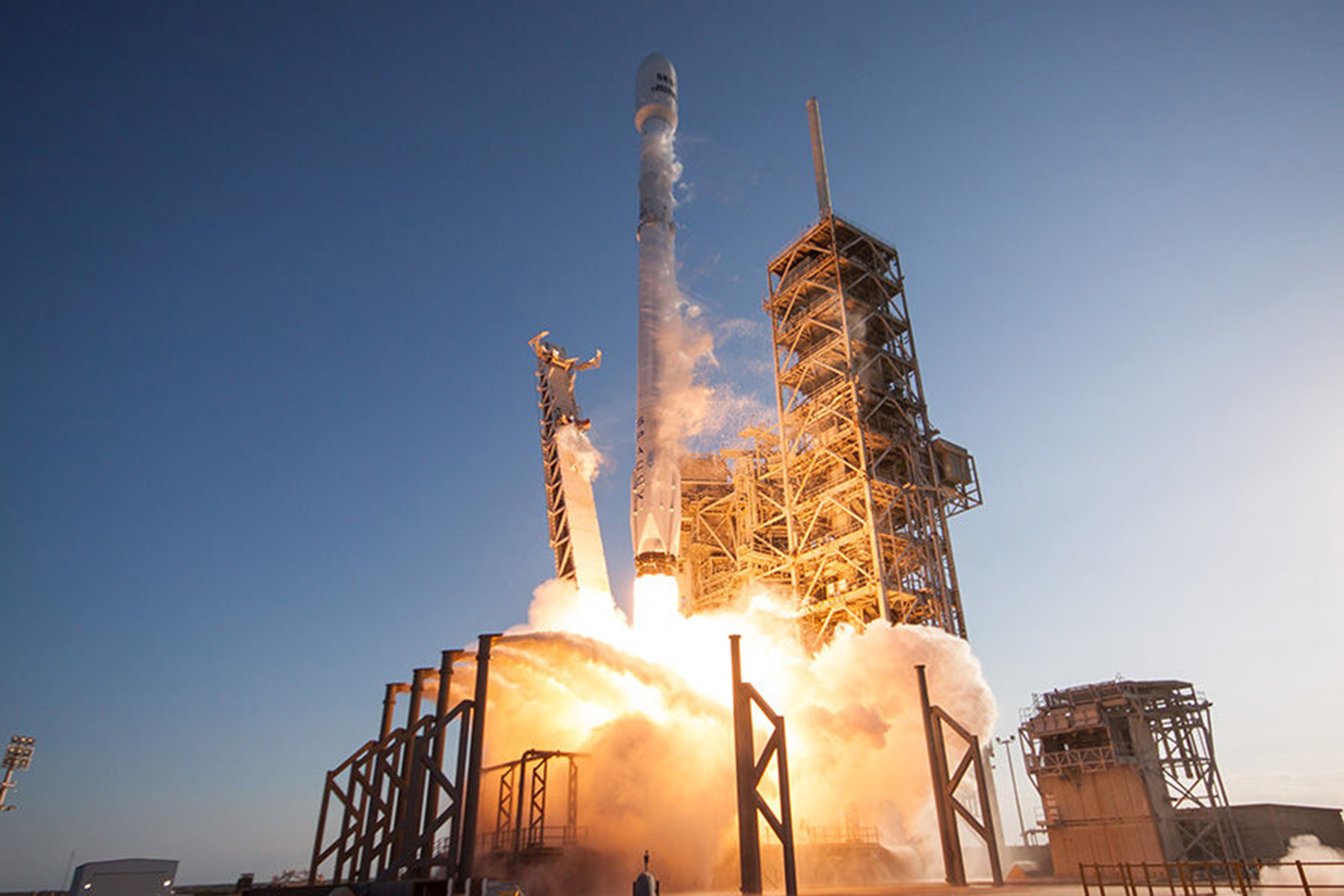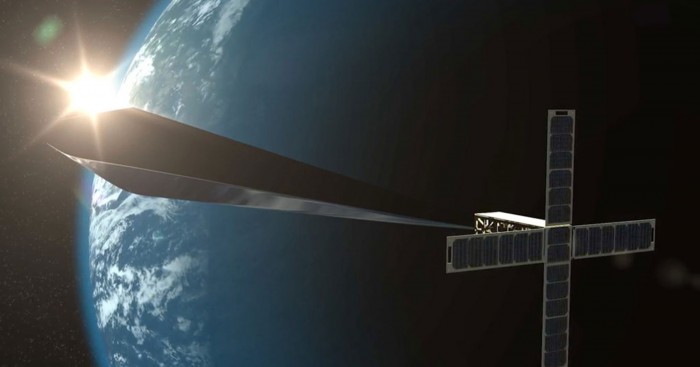A mass ride-sharing launch will put cremated remains, satellites, and art into space

Update: Sunday's launch has been pushed back to Monday, December 3 at 10:32am PST to conduct additional inspections on the second stage. You can watch it live here.
After two scrubbed launches, more than 60 satellites should hit the skies on Sunday. If all goes to plan this time, it will be one of the biggest ride-sharing missions ever.
The mass launch is being organized by Spaceflight Industries and will start when a SpaceX Falcon 9 rocket launches from California’s Vandenberg Air Force Base. Thirty-five different organizations have a stake in what’s on board.
The launch will also be making history in another way: the reusable rocket taking off has already been used twice before. It’ll be launched and landed for the third time, a first for SpaceX.
This milestone has already been delayed twice: once earlier this month so extra preflight inspections could be carried out, and then again earlier this week because of extreme high-altitude winds.
Ride-sharing missions like this one are making space more accessible by lowering the price of leaving Earth’s surface. While small satellites typically hop on board with a larger mission or payload, this launch will be dedicated to these little guys. Demand has reached the point now that smaller projects don’t need to wait for bigger launches, since more organizations’ satellites can reach space by splitting the cost.
Of course, it’s not like just anyone can launch something into orbit— it still costs hundreds of thousands to a few million dollars, depending on the size and weight of your satellite. But this allows more groups to go to space that couldn’t have had access in the past, from art museums to the deceased.
So what (or who) is hitching a ride?
Here’s a sampling of the artists, companies, and space entrepreneurs that will be sending a spacecraft flying into orbit on Sunday:
The “soul” of an astronaut
The spacecraft Enoch, owned by the Los Angeles County Museum of Art, will reportedly have some unique cargo. It’ll contain a 24-karat-gold jar depicting the bust of the first African-American astronaut. No, not Guion Bluford Jr., the first African-American to reach space, but Robert Henry Lawrence Jr., the first African-American picked for training in 1967. Sadly, he died just months later in a fighter jet crash. Artist Tavares Strachan hopes this will help his soul reach space, even if Lawrence never did.

The jar was modeled after the containers used to store the organs of ancient Egyptians and was blessed at a Japanese shrine.
The Orbital Reflector
Perhaps the most eye-catching bit of cargo is this art piece by Trevor Paglen that should be visible from Earth. The self-inflating swordlike sculpture will reflect sunlight, allowing humans to see it with the naked eye. The goal of the project is to “transform space into place” and draw people’s attention to the activity that’s happening in orbit around our planet. Check it out soon, coming to a sky near you. But hurry, it’ll only be in orbit for a few weeks before it will come back into the atmosphere and disintegrate.
India’s first private satellite

India’s government has launched spacecraft before, but this will be the first one launched by a private group. The ExceedSAT 1, created by ExseedSpace, will help ham radio enthusiasts communicate, and assist India during natural disasters. The company is now working on constructing more satellites, as well as an India-based satellite-manufacturing facility.
HawkEye 360
Three of the satellites on board belong to startup HawkEye 360. The satellites will be the first of a constellation designed to monitor radio signals from Earth. By collecting and identifying the location of radio frequency signals from things like push-to-talk radios, radar systems, and satellite phones, it can allow for detailed tracking. This has obvious military applications, but its first trial run is likely to involve monitoring illegal fishing operations.
The company told MIT Technology Review that it has a pipeline of customers including US defense, intelligence, and civilian agencies, international government agencies, and perhaps NGOs and telecom providers. It plans to launch three more satellites in 2019 and have a fully operational constellation of 18 satellites by mid-2020. This will give it an updated view of any point on Earth every 30 to 45 minutes.
Cremated remains
The Elysium Star 2 craft, from Elysium Space, contains the cremated remains of people who wanted to be shooting stars. In a way it’s a ride-share within a ride-share, as each of these people paid $2,490 to be a part of the experience. The remains should stay in orbit for two years before burning up in the atmosphere. The first Star 1 craft, which also contained remains, failed to reach orbit on a launch in 2015, so this would be the company’s first successful mission.
Even without a fulfilled mission under its belt, the company is already selling slots on a more ambitious mission for next year: sending remains to the moon.
Deep Dive
Space
How to safely watch and photograph the total solar eclipse
The solar eclipse this Monday, April 8, will be visible to millions. Here’s how to make the most of your experience.
How scientists are using quantum squeezing to push the limits of their sensors
Fuzziness may rule the quantum realm, but it can be manipulated to our advantage.
The great commercial takeover of low Earth orbit
Axiom Space and other companies are betting they can build private structures to replace the International Space Station.
Stay connected
Get the latest updates from
MIT Technology Review
Discover special offers, top stories, upcoming events, and more.